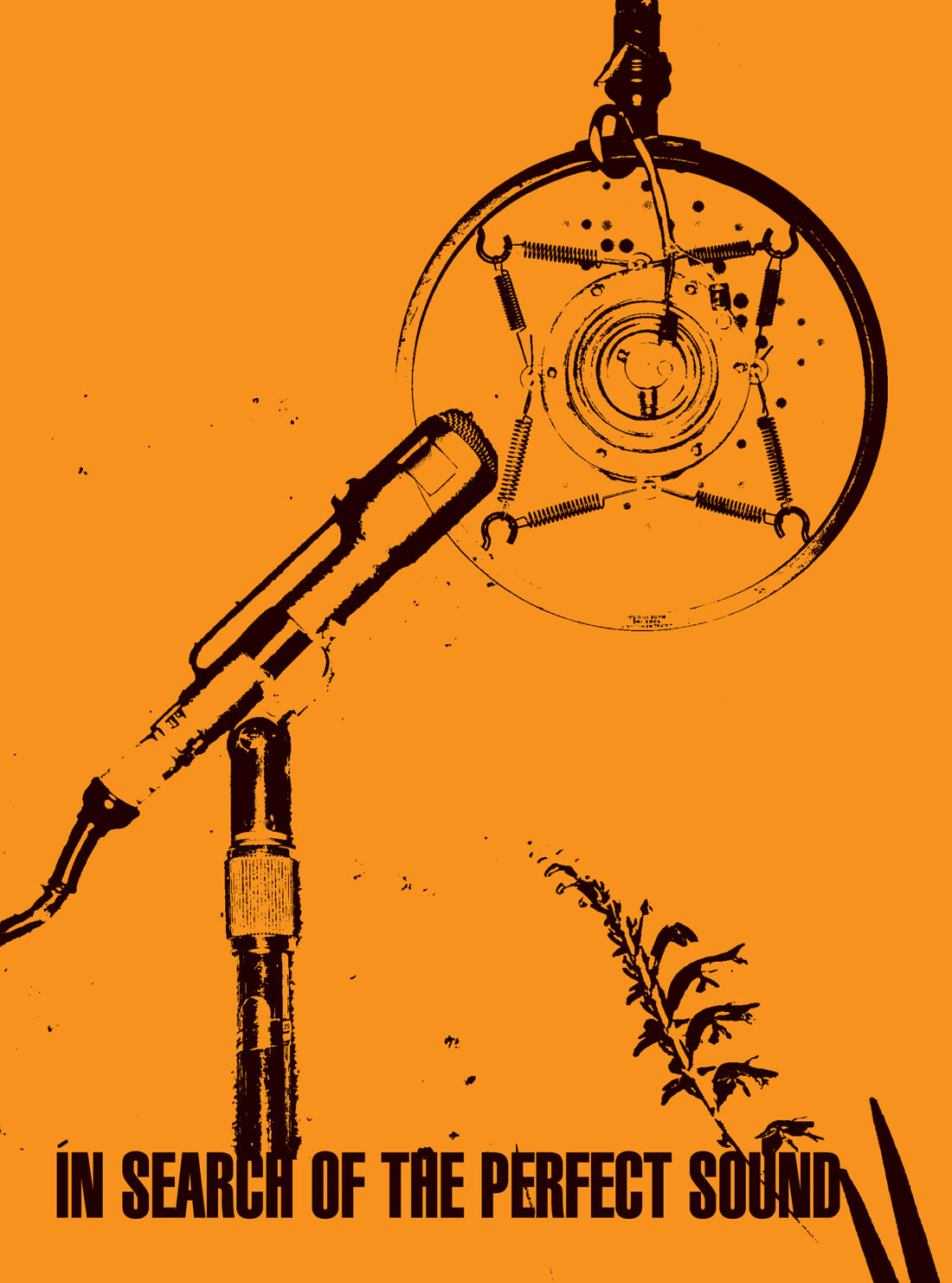I've tried a lot of different iOS software synthesizers, but this app is probably the most enjoyable and best sounding soft synth I've used to date — on an iPad or a computer — and it has ended up on several recent studio projects. Why? Well for one thing, it sounds great! It sounds very "analog," and it feels more like an analog synth than any other virtual instrument I've ever used. It's far more fun to play and program than a lot of real analog synths from the '80s, like the Korg Poly61 for instance, that rely too heavily on data-entry buttons and sliders. This is where a lot of soft synths and iPad apps fail. For instance, I love the sound of the Korg iPolysix app, but it's very frustrating to use. You can be trying to adjust a virtual analog knob on the iPad screen, and all of a sudden, the knob value slams to zero (or full on) as your finger position on the virtual knob hits some kind of software interface ceiling. This never happens on iVCS3. The onscreen knobs are like butter, and it's really easy to make minute adjustments in real-time, like tuning an oscillator or slowly sweeping a filter. You can also double-tap on any knob and enter numerical values. And, I know this is dumb and backwards thinking, but the graphics are so realistic and cool. This app is just plain fun to use!
For those of you who are not familiar with the real EMS VCS 3, this was the semi-modular synth that Brian Eno used in Roxy Music, Pete Townshend used on The Who's "Won't Get Fooled Again", Pink Floyd used all over Dark Side of the Moon, and even further back, Delia Derbyshire used on Dr. Who. It's a classic "piece of kit," as the British would say, and it's both incredibly simple and incredibly deep — and at this point, incredibly expensive. I saw one recently listed on eBay for $13,000. I was able to work on an EMS AKS Synthi in my college years (a slight variation of the VCS 3), and I have to say, my recollection of that synth is not as fond. I don't recall having as much fun as I'm having with this app, which at $15, is $12,985 cheaper than and seems to exhibit all the chaos and unpredictability of the original analog synth, with the additional advantage of digital recall of patches. The unpredictability of this soft synth is part of its charm. As much as I'm raving about this synth, let me be clear: It is not easy to use, or to learn. It is quirky as heck. Apparently, the developers spent close to two years on this app, faithfully modeling every quirk of the original, like the capacitor leakage of the ring modulator (annoying but thankfully adjustable), and the completely different control-voltage range of oscillator 3 compared to oscillators 1 and 2 (which is simply annoying, but also true to the original). In the end though, what's so fun about this app is that sounds sometimes happen in a way that seems to be unrelated to what you're doing. They are of course within your control, but that's the beauty of this seemingly simple synth; it has a personality and a bit of life beyond the interface in a way that most synths, especially software synths, don't.
If this all sounds interesting to you, I suggest you drop the $15 on this app instead of on a few fancy beers at a bar. And, did I mention that the app has audio inputs so you can use it as a processor as well as a sound source? Lastly, two tips on learning how to use this synth: One, read through the included documentation, but also seek out the original VCS 3 manual online. The app so closely models the original synth, you'll appreciate the original manual. Two, after you've played a bit with sample patches, create a completely blank patch (with no pins in the patch matrix) and experiment with building sounds completely from scratch. This is the quickest way to get a handle on the interface.




_disp_horizontal_bw.jpg)